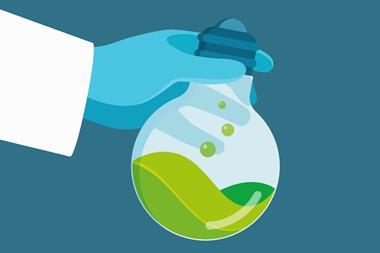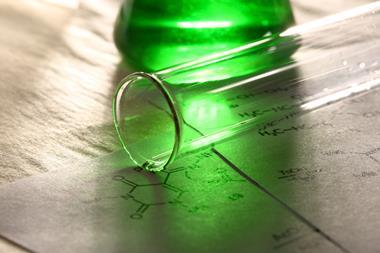
Green chemistry has hit a milestone. It’s been 25 years since the 12 principles that have guided its development were first proposed by Paul Anastas and John Warner. But what has the field accomplished in this time? And what can we still expect from it?
While Anastas and Warner are sometimes called ‘the fathers of green chemistry’ the concept dates further back and has its roots in the 1980s and 1990s. What Anastas and Warner did was to codify some of the ideas in this developing field, and this struck a chord with many environmentally-conscious chemists. In 2019, chemical production was forecast to double by 2030, so clearly cleaner, greener ways to produce the raw materials for modern life are urgently needed.
When the principles first appeared, they challenged chemists to think differently and it was hard to know whether they would gain the widespread acceptance needed to make real change. Why pay special attention to atom economy, for example, when minimising by-products is just good practice? Petrochemical feedstocks are cheap and plentiful, so why look to replace them with renewable ones? And won’t there always be some loss in performance when replacing hazardous reagents with more benign alternatives?
The principles of green chemistry arrived at just the right time though, when the world was ready for new ideas on sustainable development. Just the previous year the Kyoto Protocol to address greenhouse gases was signed and there was optimism about tackling global problems. While Kyoto and the agreements that followed have foundered, green chemistry has blossomed. In 1999, the Royal Society of Chemistry launched the first journal dedicated to green chemistry, headed by sustainability pioneer James Clark. The number of green chemistry journals has now ballooned to over a hundred. It’s reached the stage where entire science departments are built around the principles of green chemistry, applying the ideas to the construction of buildings, the running of labs and the research going on in them. The principles can now be seen applied in day-to-day research on the depolymerisation of plastics, mechanochemistry entering the mainstream and the rise of the slow chemistry movement. And green chemistry is entering classrooms too, so that the next generation of chemists will enter the lab ready to apply the basics.
Green chemistry had humble beginnings, but as an idea it has come of age. Making the chemical sciences sustainable will be chemistry’s biggest challenge this century. Every process can be greener, there’s no process that is totally green – the challenge will be redesigning processes at every stage. Green chemistry isn’t just a field within chemistry. It’s the future of chemistry.

















2 readers' comments